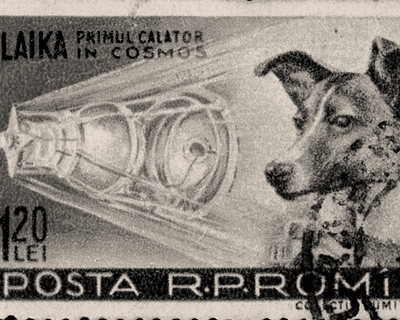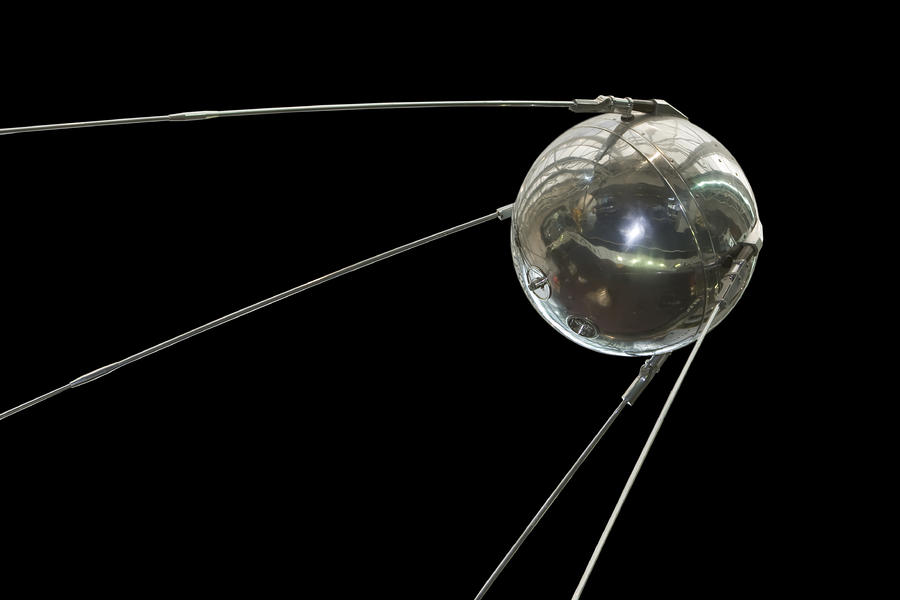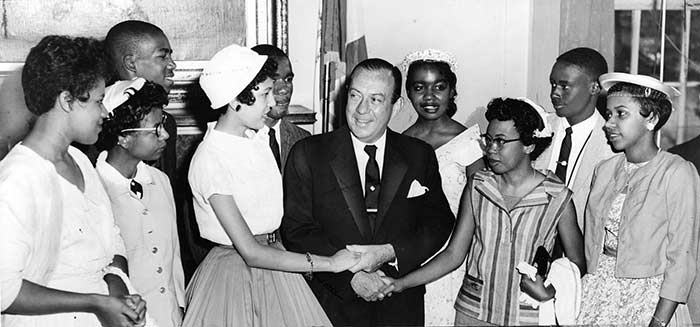By New York World-Telegram and the Sun staff photographer: Walter Albertin. Wikimedia Commons / CC-BY-SA-3.0 / GFDL
1 – The Little Rock Nine
The Little Rock Nine were a group of African-American students enrolled in Little Rock Central High School in 1957, following a Supreme Court ruling declaring all laws establishing segregated schools to be unconstitutional.
A crisis followed, in which the students were initially prevented from entering the school by Orval Faubus, the Governor of Arkansas.
The nine black students registered to attend Little Rock Central High were selected on the criteria of excellent grades and attendance.
Governor Faubus deployed the Arkansas National Guard to support segregationist protestors blocking the students on September 4.
The sight of a line of soldiers blocking out the students made headlines and polarized the nation.
On September 24, President Eisenhower ordered the 101st Airborne Division of the United States Army, to Little Rock and federalized the entire 10,000-member Arkansas National Guard, taking it out of the hands of Faubus.
By the end of September 1957, the nine were admitted to the school under the protection of the 101st Airborne Division (and later the Arkansas National Guard), but they were still subjected to a year of physical and verbal abuse.
The nine were Ernest Green, Elizabeth Eckford, Jefferson Thomas, Terrence Roberts, Carlotta Walls LaNier, Minnijean Brown, Gloria Ray Karlmark, Thelma Mothershed, and Melba Pattillo.
Ernest Green was the first African American to graduate from Little Rock Central High School.
President Bill Clinton honored the Little Rock Nine in November 1999, when he presented them each with a Congressional Gold Medal.
2 – USSR Launches Sputnik 2 with a Dog (Laika), The First Animal in Orbit

Laika (pictured in a memorial stamp) was a Soviet space dog who became one of the first animals in space, and the first animal to orbit the Earth.
Laika, a stray dog from the streets of Moscow, was selected to be the occupant of the Soviet spacecraft Sputnik 2 that was launched into outer space on November 3, 1957.
Little was known about the impact of spaceflight on living creatures at the time of Laika’s mission, and the technology to de-orbit had not yet been developed, and therefore Laika’s survival was not expected.
Some scientists believed humans would be unable to survive the launch or the conditions of outer space, so engineers viewed flights by animals as a necessary precursor to human missions.
The experiment aimed to prove that a living passenger could survive being launched into orbit and endure micro-gravity, paving the way for human spaceflight.
It also provided scientists with some of the first data on how living organisms react to spaceflight environments.
Laika died within hours from overheating, possibly caused by a failure of the central R-7 sustainer to separate from the payload. The true cause and time of her death were not made public until 2002.
At the time, it was widely reported that she died when her oxygen ran out on day six or, as the Soviet government initially claimed, she was euthanized prior to oxygen depletion.
On April 11, 2008, Russian officials unveiled a monument to Laika. A small monument in her honor was built near the military research facility in Moscow that prepared Laika’s flight to space, featuring a dog on top of a rocket.
3 – Sputnik I is Launched – the First Earth-orbiting Satellite

Sputnik 1 was the first artificial Earth satellite. The Soviet Union launched it into an elliptical low Earth orbit on 4 October 1957.
It was a 58 cm diameter polished metal sphere, with four external radio antennae to broadcast radio pulses. It was visible all around the Earth and its radio pulses were detectable.
Sputnik’s surprise success precipitated the American Sputnik crisis and triggered the Space Race, a part of the larger Cold War.
Sputnik itself provided scientists with valuable information, even though it wasn’t equipped with sensors, by tracking and studying the satellite from Earth.
The density of the upper atmosphere could be deduced from its drag on the orbit, and the propagation of its radio signals gave information about the ionosphere.
It was launched from what is now known as the Baikonur Cosmodrome, Kazakhstan.
The satellite traveled at about 29,000 kilometers per hour, taking 96.2 minutes to complete each orbit. Its transmissions were monitored by amateur radio operators throughout the world.
The signals continued for 21 days until the transmitter batteries ran out on 26 October 1957.
Sputnik 1 burned up as it fell from orbit upon reentering Earth’s atmosphere, after traveling about 70 million km and spending three months in orbit, on 4 January 1958.
